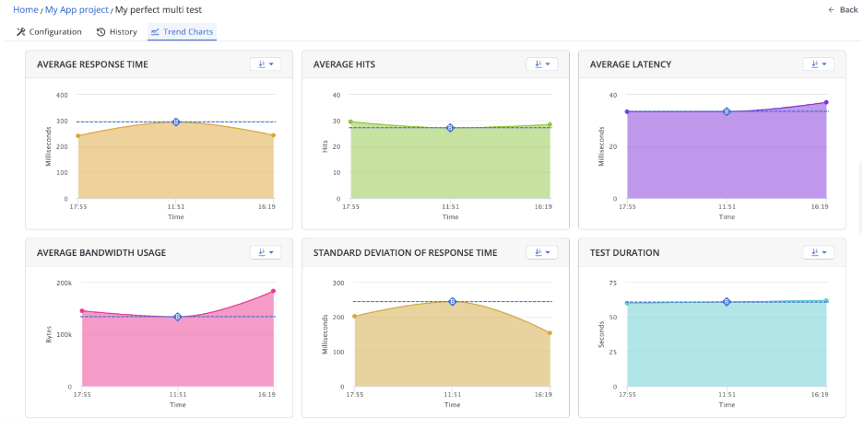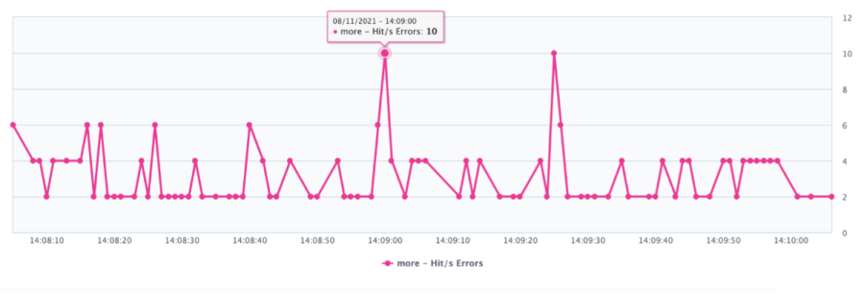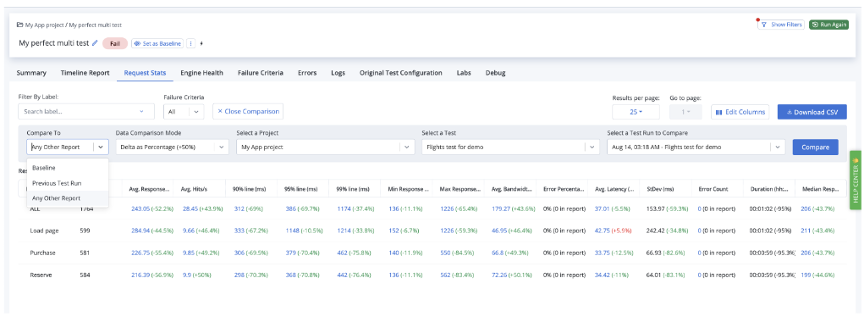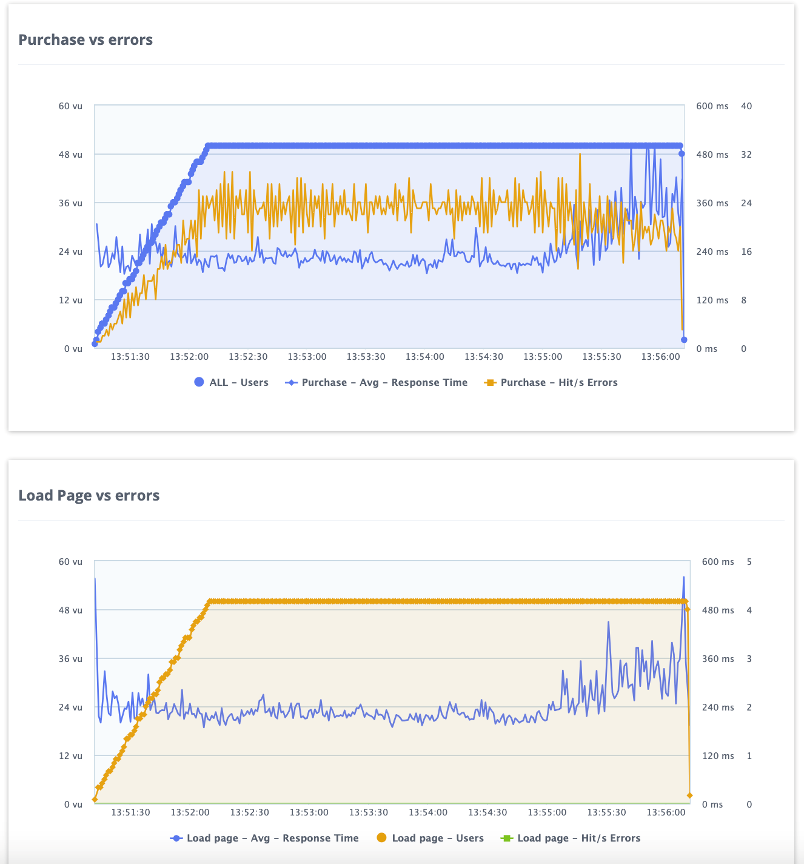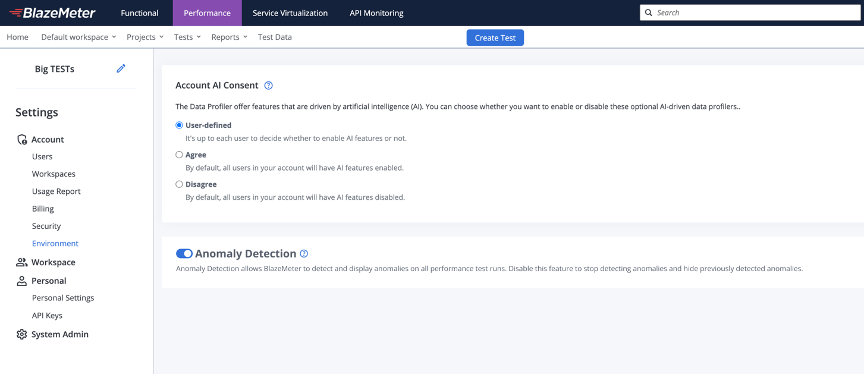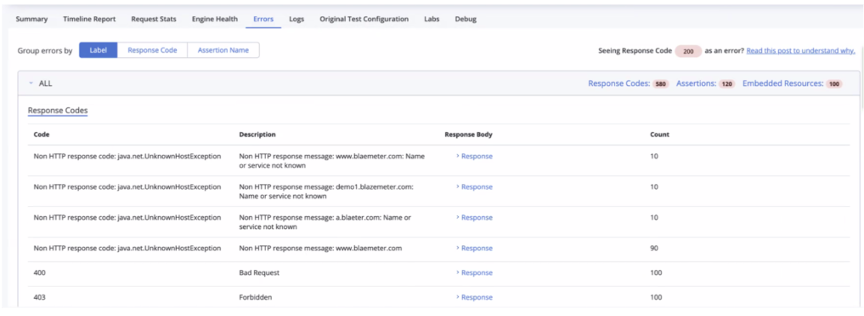One of the most significant frustrations experienced by teams across the testing industry is the tedium of identifying where error or bug is located in any given test — and not just identifying the symptoms of a failed test, but the root cause of why the test failed. The level of complexity in software performance tests inherently increases the difficulty in locating issues; it is much like trying to find a needle in a haystack.
But what if that haystack was shrunk down in size to be much more manageable? What if your performance testing tool told you where the needle was located?
With BlazeMeter’s Root Cause Analysis (RCA) feature, teams can now radically reduce the amount of time spent finding and fixing issues within their tests by identifying and fixing the root cause of the problem — not simply treating the problem’s symptoms. This detection capability enhances troubleshooting efficiency, reduces downtime, and improves application quality across mobile and web environments. What used to take minutes to hours can now be done in seconds.
In this blog, we will explore what root cause analysis in software testing is and why it matters, challenges that can be overcome with BlazeMeter’s RCA, and the specific functionality of BlazeMeter’s RCA.
What is Root Cause Analysis in Software Testing?
Root cause analysis in software testing (also referred to as anomaly detection) is a functionality that identifies underlying reasons for failures or problems within a system. It focuses on fixing the root causes — not just the symptoms. To find the root cause, it locates data patterns that deviate from the norm and indicate potential issues.
Finding and fixing issues within a software test is one of the basic principles of software testing. It is a vital component of optimizing tests to ensure they are as effective as possible. This practice is as important as understanding your test objectives, creating a strategy, and designing your tests — all part of the bedrock of software testing.
Why Does Root Cause Analysis in Software Testing Matter?
According to a Forbes report, poor software cost the U.S. economy more than $2 trillion in 2020 alone. For Fortune 1000 companies, “downtime could cost as much as $1 million per hour” another report found. The need for an efficient solution to software issues is evident. Below are a few ways in which RCA in software testing alleviates problems for the testing team and the organization to prevent that costly downtime.
Weeding Out Issues: Finds & fixes the root cause of an issue and prevents it from returning.
Efficiency Unlocked: Requires fewer resources to find issues faster — especially crucial for mobile & web applications.
Enhanced Visibility: Offers deeper insights into system performance & issues.
Resource Conservation: Reduces downtime & conserves resources by avoiding recurring problems.
Improved Quality: Fewer issues naturally lead to a higher quality application and improved user experience.
4 Testing Challenges Overcome by BlazeMeter RCA
Without the use of root cause analysis in software testing, it becomes easy to get bogged down in issues and bugs — and all the problems associated with them. However, with BlazeMeter RCA, users can easily overcome these four testing challenges.
- Recurring Issues: Without RCA, issues that were deemed “fixed,” such as bugs in mobile apps, frequently return because only the symptoms of the issue were addressed and not the core issue.
- Inefficiency: Lacking the speed of RCA in finding issues means slow troubleshooting times that also require more resources — ultimately dragging down testing cycles.
- Lacking the Full Picture: There is a lack of visibility in the testing environment where it becomes difficult to see the fundamental problems. This leads to incomplete fixes.
- Wasted Money: When issues are repeated and inefficient fixes are deployed, operational costs increase.
Breaking Down BlazeMeter’s RCA Capabilities
BlazeMeter's Root Cause Analysis features are packed with tools that help testers and developers quickly identify and resolve issues, improving efficiency across the board. Here’s a look at what BlazeMeter RCA offers:
Baseline Comparison
Establishes reliable performance benchmarks by comparing multiple tests over time. This ensures consistency across test cycles and helps testers quickly spot deviations.
Deep Links to Errors Tab
Provides direct access to detailed error information within test reports, enabling faster identification and resolution of issues.
Enhanced Report Comparison
Allows for in-depth comparison of test results across multiple tests, helping teams spot patterns and trends that may not be obvious from a single test.
Statistical Model Anomaly Detection
Uses advanced statistical models to automatically detect anomalies in test results without requiring manual input. This feature is currently in beta. Full release coming soon.
Request Stats for Anomalies
Highlights anomalies on specific endpoints in the Request Stats report, making it easy to identify problematic areas within the application.
Anomaly Executive Summary & Reports
Summarizes detected anomalies in executive-level reports that can be easily shared with stakeholders outside the workspace.
Basic User Interaction for Anomalies
Provides users with the option to turn off the feature, which hides all anomalies detected in the account.
Error Response Data Visibility
Provides full visibility into error response data, even when messages are truncated, ensuring no critical information is missed.
This already-robust RCA functionality can be further enhanced by pairing BlazeMeter RCA with Perfecto’s latest RCA functionality, which includes AI-powered failed executions comparisons and optimized issue prioritization.
Bottom Line
The days of spending an inordinate amount of time locating performance testing issues — only to “fix” them yet have them return — are over. BlazeMeter RCA makes recurring issues and long troubleshooting cycles a thing of the past.
By BlazeMeter’s Root Cause Analysis in software testing, teams can streamline their testing by reducing time and resources spent on this tedious (albeit essential) task.
See how drastically you can increase your troubleshooting velocity. Try BlazeMeter RCA for yourself by getting started testing for FREE today!
